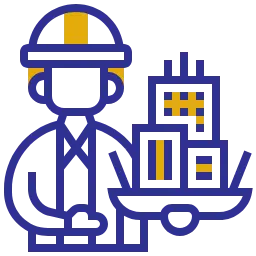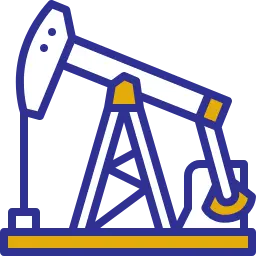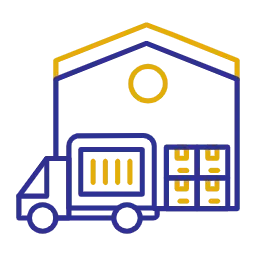What is OSHA?
OSHA is short for the Occupational Safety and Health Administration, a U.S. federal agency that sets and enforces workplace safety rules. By conducting inspections, issuing citations, and guiding best practices, OSHA aims to reduce injuries, illnesses, and fatalities on the job. Its outreach programs, including various training courses, help workers and employers learn practical steps for preventing accidents and fostering safer work environments.

Why Take the OSHA Course?
The OSHA course is useful for people employed in high-risk fields like

Construction

Oil and Gas

Manufacturing

Warehousing

Healthcare
Participants gain a clear grasp of their safety rights and duties, as well as proven techniques for lowering site-specific hazards. Because many companies insist on OSHA certification for positions where safety is critical, completing the program can enhance career mobility and compliance.
Course Options
Two primary offerings are available, depending on a worker’s role and experience
OSHA 10-Hour intended for entry-level employees who need a solid grounding in basic safety concepts
OSHA 30-Hour designed for supervisors and safety coordinators charged with implementing and monitoring longer-range protection plans
Each version addresses core subjects such as hazard recognition, fall prevention, electrical safety, personal protective equipment (PPE), and more.
What You Will Learn?

Course Benefits
Who Should Enroll?
How to Enroll
Enrolling is easy; just call, send a WhatsApp message, or stop by our center. We’ll help you choose the right class and walk you through each step.

